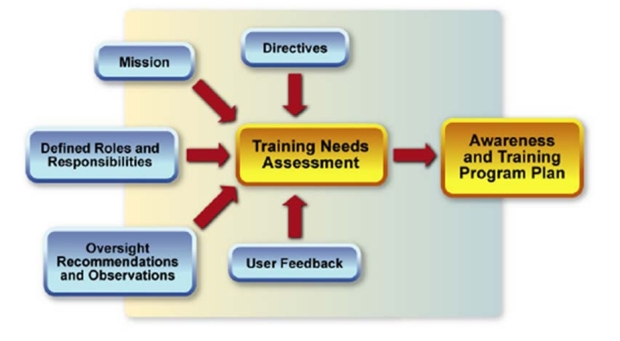

- Organizational assessment evaluates the level of organizational performance. An assessment of this type will determine what skills, knowledge, and abilities an agency needs. It determines what is required to alleviate the problems and weaknesses of the agency as well as to enhance strengths and competencies, especially for Mission Critical Occupation’s (MCO). Organizational assessment takes into consideration various additional factors, including changing demographics, political trends, technology, and the economy.
- Occupational assessment examines the skills, knowledge, and abilities required for affected occupational groups. Occupational assessment identifies how and which occupational discrepancies or gaps exist, potentially introduced by the new direction of an agency. It also examines new ways to do work that can eliminate the discrepancies or gaps.
- Individual assessment analyzes how well an individual employee is doing a job and determines the individual’s capacity to do new or different work. Individual assessment provides information on which employees need training and what kind.


- Needs Assessment–
- Identify key stakeholders
- Solicit support
- Describe desired outcomes that will contribute to mission objectives
- Clarify critical behaviors needed to achieve desired outcomes
- Define required drivers essential to sustain the critical behaviors
- Plan– The needs assessment is likely to be only as successful as the planning.
- Set goals/objectives for the needs assessment
- Evaluate organizational (agency) readiness and identify key roles
- Evaluate prior/other needs assessments
- Prepare project plan
- Inventory the capacity of staff and technology to conduct a meaningful training skills assessment and analysis
- Clarify success measures and program milestones
- Conduct Needs Assessment
- Obtain needs assessment data (e.g., review strategic plans, assess HR metrics, review job descriptions, conduct surveys, review performance appraisals)
- Analyze data
- Define performance problems/issues: occupational group/individuals
- Describe critical behaviors needed to affect problems/issues
- Determine and clarify why critical behaviors do not currently exist
- Research integrated performance solutions
- If training is the best solution, determine best training and development approach(es)
- Assess cost/benefit of training and development approach(es); build a “business case”
- Include organizational drivers needed to reinforce the critical behaviors that will affect problems/issues
- Describe how the critical behaviors will be monitored and assessed after implementation of the improvement plan


